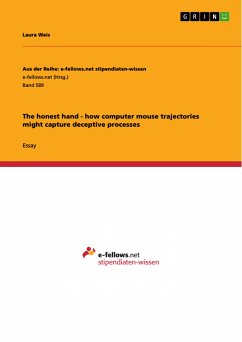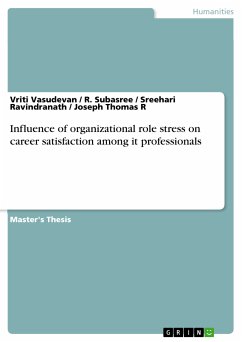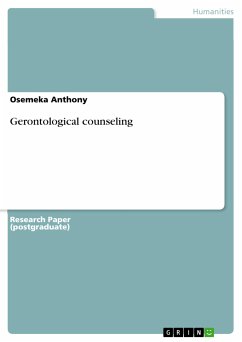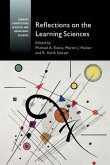Essay from the year 2012 in the subject Psychology - General, grade: 1,2, University of Aberdeen, language: English, abstract: Assuming that motor action might help understanding underlying psychological processes, the current study attempts to identify deceptive behaviour by tracking the dynamics of hand movements during a computer-sorting task. Participants were asked to deceive by pretending that some of the items they “owned” have been paid for even though they were stolen. Analysis of participants’ streaming x-, y- mouse coordinates, during decision-making suggested that movement trajectories might indeed reveal underlying cognitive processes during deception. Statistical indicators of curvature and reaction times, including area-under- the-curve (AUC) and maximum deviation (MD) implied that there was as greater cognitive competition during deceptive than during truthful responding. Deceptive responds were made more slowly, with a stronger curvature tendency towards the alternate truthful answer. Non-deceptive responding was associated with shorter reaction times and more linear response trajectories. This supports prior research indicating that action dynamic measures might capture deceptive processes.









